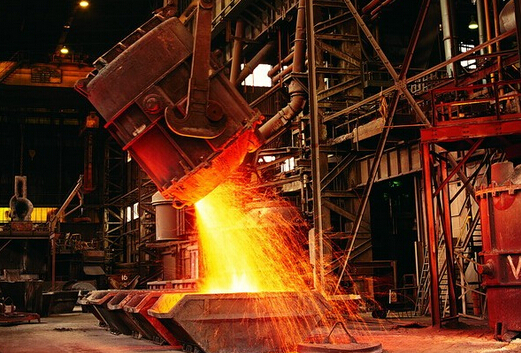
According to the actual production situation and relevant discussions of domestic wear-resistant parts manufacturing enterprises, resin sand or sodium silicate sand casting method is generally used for castings with high strength and wear resistance requirements, and lost foam casting technology is used to produce wear-resistant parts, which has always been supported and opposed in the industry. Supporters believe that lost foam casting carburization improves the wear resistance of castings, Opponents believe that the small thermal conductivity and slow heat dissipation of the lost foam casting dry sand mold provide thermodynamic conditions for the growth of grains, while the coarse grains lead to the decline of the anti-wear performance of the castings. The bimetallic liquid lost foam casting composite casting process is adopted in this subject, based on the following points:
1) The phenomenon of coarse grain mainly occurs in wear-resistant castings made of high strength steel. For high chromium cast iron, due to a large number of alloy elements, the austenite area becomes smaller and the undercooling degree increases, and the grain size growth is very limited;
2) High chromium cast iron is difficult to process, while the casting lining plate requires high surface quality and dimensional accuracy, which is difficult to guarantee by traditional sand casting;
3) In the process of bimetallic liquid lost foam composite casting, the carbon rich reducing atmosphere after foam gasification can avoid the oxidation of the cast metal;
4) Finally, it is difficult to set up an effective riser feeding system for horizontal casting of large plate parts such as casting liner. The unique mold negative pressure of lost foam casting can improve the density of the internal and composite interface structures of the casting liner.
